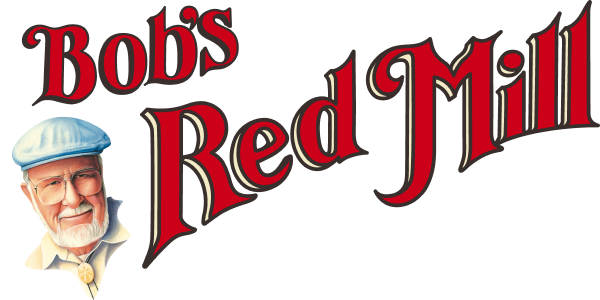


 There are tons of reasons that people decide to eat gluten free, dairy free, or even both. It has become known as the anti-inflammatory diet in some circles because a common cause for going both gluten and dairy free is digestive inflammation or discomfort. This can seem like the ultimate double-whammy of diet plans, but never fear! There are more and more options on the market every day for gluten free and dairy free eaters, and the world of foods is full of delicious alternatives. Keep reading for a helpful guide to removing gluten and dairy from your diet without any growingor eatingpains.
There are tons of reasons that people decide to eat gluten free, dairy free, or even both. It has become known as the anti-inflammatory diet in some circles because a common cause for going both gluten and dairy free is digestive inflammation or discomfort. This can seem like the ultimate double-whammy of diet plans, but never fear! There are more and more options on the market every day for gluten free and dairy free eaters, and the world of foods is full of delicious alternatives. Keep reading for a helpful guide to removing gluten and dairy from your diet without any growingor eatingpains.


